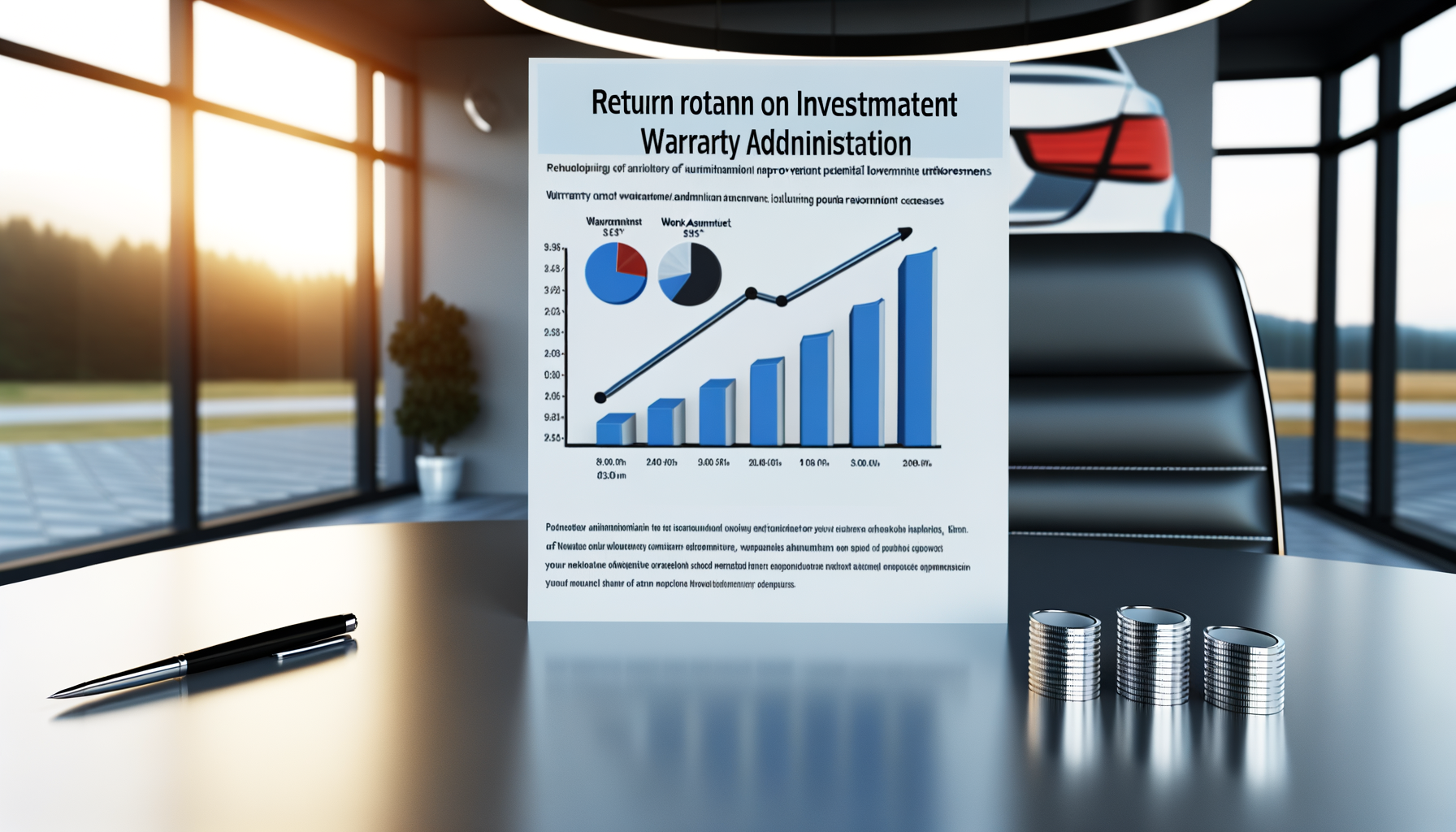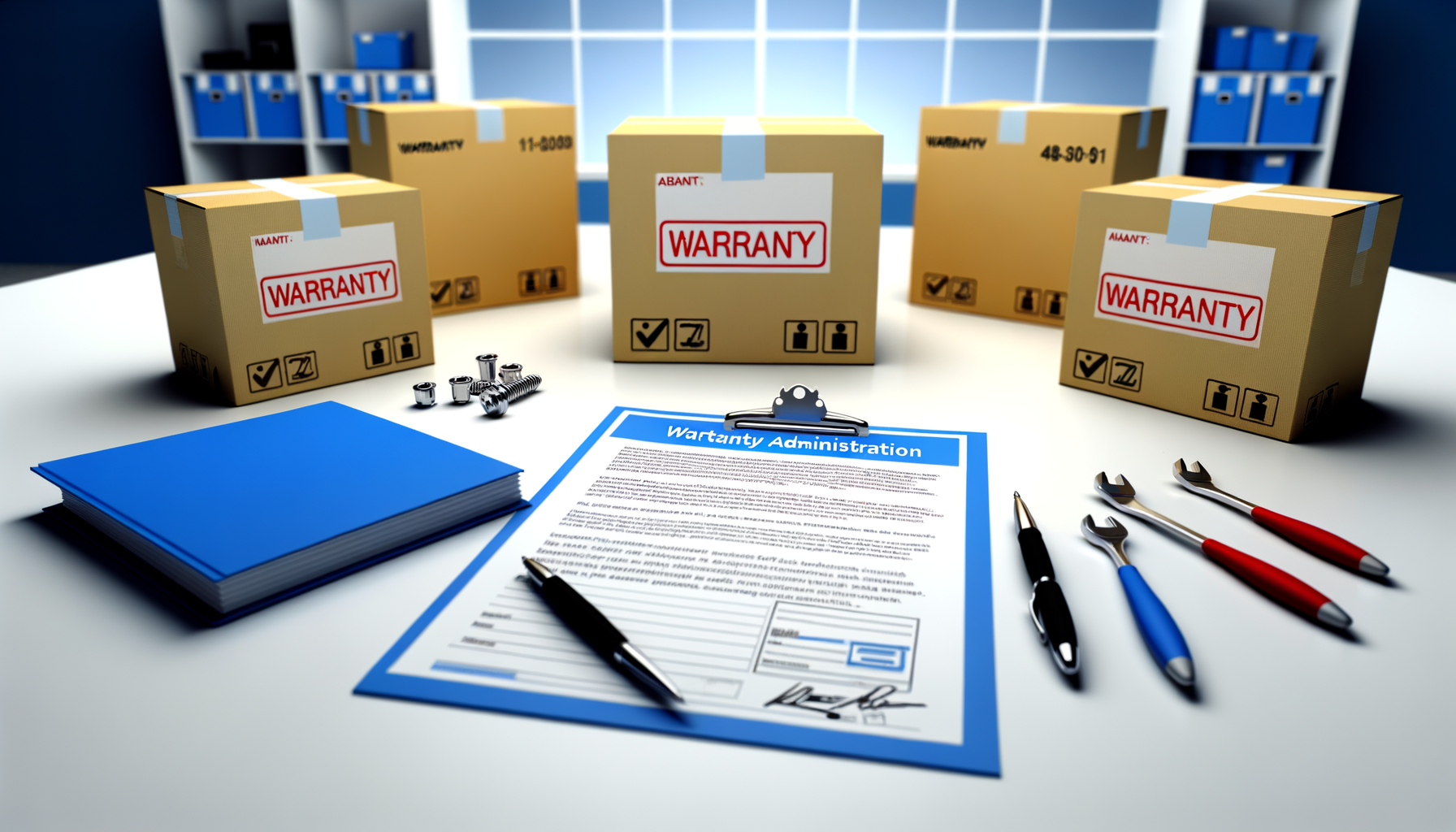Navigating the Warranty Maze: Unlock the Secrets to Increased Dealership Profitability

The Current State of Warranty Administration

As we enter 2025, the landscape of warranty administration in auto dealerships is shifting. With the rise in EV-related repairs, service departments need to adapt quickly to new warranty demands and OEM requirements.
Recent trends show a 15% increase in EV-related repairs, necessitating updated training for service technicians. Additionally, 68% of customers now prefer digital service scheduling, highlighting the need for seamless integration of technology in warranty processes.
Dealerships must ensure their service departments are equipped with the latest tools and training to handle these changes effectively. Implementing regular training sessions and upgrading digital platforms are critical steps.
Challenges Facing Warranty Administration in 2025

Warranty administration faces numerous challenges in 2025, from parts shortages to evolving OEM requirements. Dealerships must navigate these complexities while maintaining high levels of efficiency and customer satisfaction.
Addressing the parts shortage requires strategic inventory management and close collaboration with suppliers. Meanwhile, meeting new OEM requirements involves continuous staff training and process optimization.
It's crucial for service managers to establish robust workflows that adapt to these challenges. Automation and analytics play pivotal roles in identifying inefficiencies and streamlining operations.
Step-by-Step Guide to Optimizing Warranty Claims

Optimizing warranty claims involves a streamlined process from submission to reimbursement. Start by ensuring accurate data entry; incorrect entries can lead to claim rejections or delays.
Next, leverage technology to automate claim submissions and track their progress. Implementing a robust system that integrates with OEM platforms can drastically reduce manual errors.
Finally, regularly review claim data to identify patterns and areas for improvement. Set quarterly benchmarks to measure success and adjust strategies accordingly.
Innovative Tools and Technologies for Warranty Administration

Embracing innovative tools is crucial for modern warranty administration. Solutions like Auto Pro Solutions provide comprehensive platforms that streamline claim processing and data analysis.
These technologies offer real-time analytics, enabling service managers to make data-driven decisions and improve claim accuracy. Additionally, automated alerts for claim errors help maintain high efficiency.
Investing in such tools not only enhances claim processing but also improves overall service department productivity. Look for solutions that offer seamless integration with existing dealership systems.
Calculating ROI for Warranty Administration Improvements

Calculating the ROI of warranty administration improvements is essential for justifying investments in new technologies or processes. Start by identifying key performance indicators (KPIs) such as claim approval rates and processing times.
Next, gather data on current performance and set targets for improvement. For example, reducing claim processing time by 20% can directly impact profitability by allowing faster service throughput.
Finally, use these metrics to calculate the financial impact of improvements over time, demonstrating the value of efficient warranty administration.
Best Practices for Warranty Parts Returns to Manufacturers

Efficiency in warranty parts returns is critical for maintaining good relationships with manufacturers and ensuring quick reimbursement. Establish clear protocols for parts return, including proper documentation and timely shipments.
Regularly audit the parts return process to identify bottlenecks and implement improvements. This not only speeds up reimbursement but also reduces storage costs associated with warranty parts.
Create a checklist for staff to follow during the parts return process, ensuring consistency and accuracy in every transaction.
Related Topics
Ready to take your service department to the next level?
Schedule your demo today and experience the power of Auto Pro Solutions.
Schedule Demo